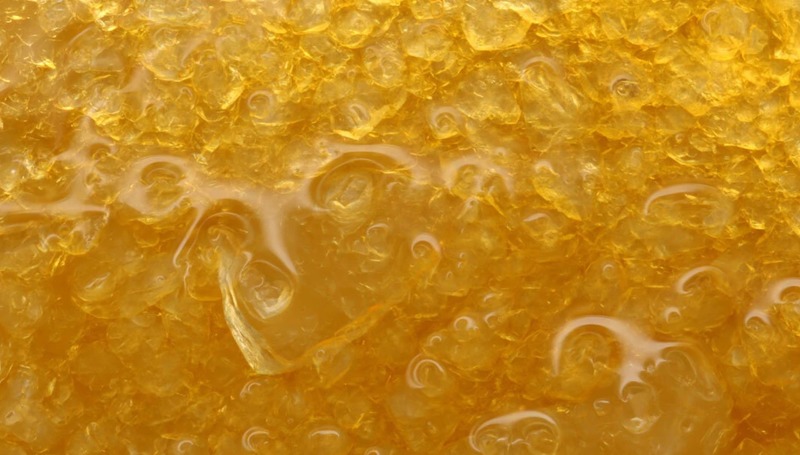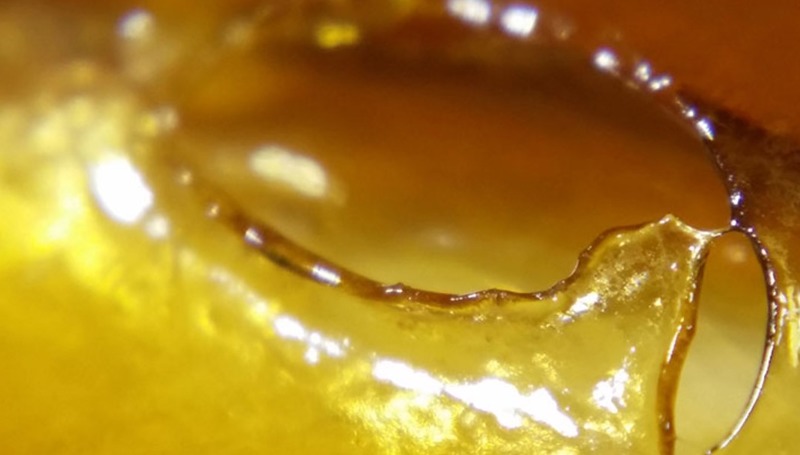What is BHO?
I’m sure you already know what BHO is if you’re attempting to learn how to make it. But for those of you who aren’t familiar, let’s take a look at what it is. BHO stands for butane hash oil and is also referred to as honey, hash oil, wax, shatter, and so on. What else isn’t included in the term “BHO”? Live resin and rosin are the two most popular non-BHO extracts. Looking to try something new? Check out this.

How to Make BHO with the Best Butane for BHO
It derives its name from the technique by which it is produced. So, how do you prepare cannabis oil? Instead of using water or alcohol as you would when making hash, butane is used to extract the THC.
It’s manufactured by filling a tube with plant trimmings or buds and then dissolving the THC in butane. It also absorbs the strain’s various terpenes. This allows your wax to absorb the flavor of your strains, which may make them even more powerful than when smoked as flower.
You then remove the concentrate from butane using a unique vacuum or a closed loop system that applies heat to it, keeping it at a low boiling temperature. The hash that remains is almost pure THC and isn’t for the faint of heart.
Closed-Loop Exyration Equipments
The gas from the open-blasting device can be harmful, especially if there is a spark. Open blasting is one of the most hazardous extraction techniques. Closed-loop butane and propane extraction allows operators to use butane and propane in a contained environment.
BHO extractors are available in a variety of sizes, designs, and prices. They all have the potential to produce a solvent-free BHO product. Ideally, processors would start with a simple setup and gradually add more functions as they gain experience. For personal or sample-size extractions with quick processing, a 1 pound top fill tabletop device is an excellent place to start.
You may transition from a passive ROR system to active rack systems that can handle several pounds at a time as your experience and confidence grow. High-volume BHO production requires larger, more commercial-grade and automated equipment that can manage dozens of pounds of material.
The plant material is placed in the material column in the closed-loop extraction method. The butane is cooled to low temperatures in a solvent column and then pumped over a packed material column. The cannabinoids and terpenes are removed from the plant using a solvent to produce BHO crude oil.
In the collection tank, butane is extracted from the solvent and BHO extracts. The evaporated butane is extracted via a gas compressor from the recovery column. After passing through the condensing column, the solvent transforms butane gas into a liquid form again.
When purchasing your BHO extractor, be sure to consider the amount you’ll be extracting. Is the extraction equipment big enough to process the quantity of production? Stainless steel is typically used for BHO columns because it keeps the solvent cleaner and does not rust with time.
Hoses
Hoses are a necessary component of a closed loop system. Hoses can be used as piping for your closed loop system or to link equipment such as heaters and chillers to a compact distillation unit.
Hoses should be long-lasting and anti-static, with the extraction room’s temperature specified for extremely low or high temperatures. Hoses come in a variety of sizes, from a few inches to several feet long.
You Can Determine Hash Oil Quality Based on Its Texture
We as consumers have little criteria to go by when it comes to hash oil: the product might be labeled with the strain’s name and maybe the cannabinoid content. As a result, many people have relied on appearance and texture to judge hash oil.
Oil can range in texture from soft to hard, runny to solid, brittle to crumbly, sticky to dry. These textures are frequently loosely grouped under the following names: shatter, wax, honeycomb, budder, and pull-and-snap. The differences between these oils may be significant; however they are only superficial.
The biggest misconception that most people have is that the final product of their oil, concentrate, wax, and shatter looks like some sort of chain of command. The difference could be as simple as a few molecules of water; it’s all there.”
Transparent Shatter is the Mark of Quality
Consumers are often under the impression that hash oil’s finest quality is shatter, which is so clear that you can see through it. Shards is a stunning sight to behold with a glass-like viscosity and transparency, but what gives it an edge over other types of hash? This notion has mythical origins, according to Refine Seattle and its partners at Steep Hill.
“[Steep Hill Labs] has done over 10,000 tests, and when we test these concentrates, it’s more likely that clear shatter will have higher parts-per-million residual solvents,” Ryan explained. “That doesn’t imply there isn’t any clear shatter that doesn’t come out with no PPMs; it just means that most of the time, shatter will be greater.”
Trace solvents (e.g., butane) that weren’t completely removed from the product are referred to as parts per million, or PPMs. Ryan explained that shatter has a higher PPM because it goes through a different purging procedure with lower purging temperatures. Even with hash oil, appearances aren’t everything.
